
Flipping a coin—heads for veneers, tails for laminates—is not the right approach to selecting the perfect surface material for your interiors. Designing furniture and surfaces requires careful planning, where multiple factors like aesthetics, durability, budget, and suitability come into play.
Both laminates and veneers are popular surface materials, and they both have their specific advantages and disadvantages. However, if you choose the wrong one for a particular application, it can lead to costly mistakes. This piece will give you a quick insight into the key differences between the two options to help you decide which one to choose.
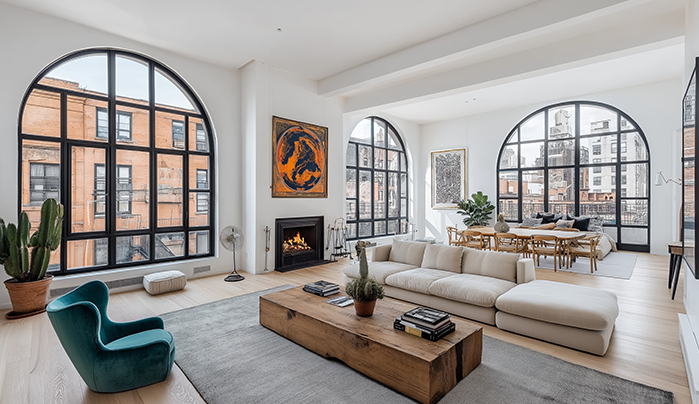
Veneers are very thin sheets that are sliced from real logs of wood. The natural wooden pattern, texture, and grain can be clearly seen on veneer surfaces. Because of their natural look, they are highly preferred choices for premium interior designs. Veneers come at a low cost and grant your furniture the beautiful charm and sophistication of natural wood appearance. These are much more affordable materials than super expensive solid wood materials.
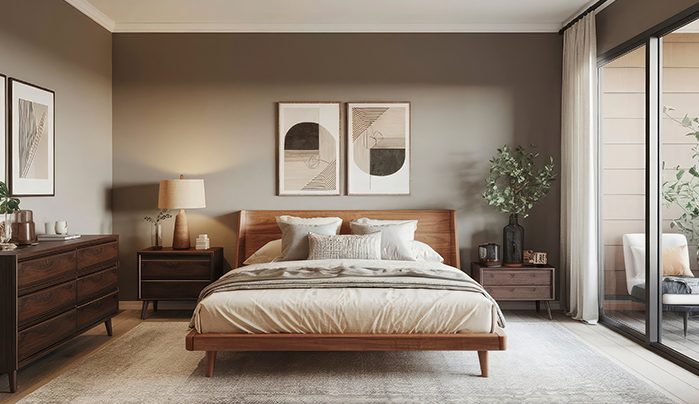
The process of creating veneers involves:
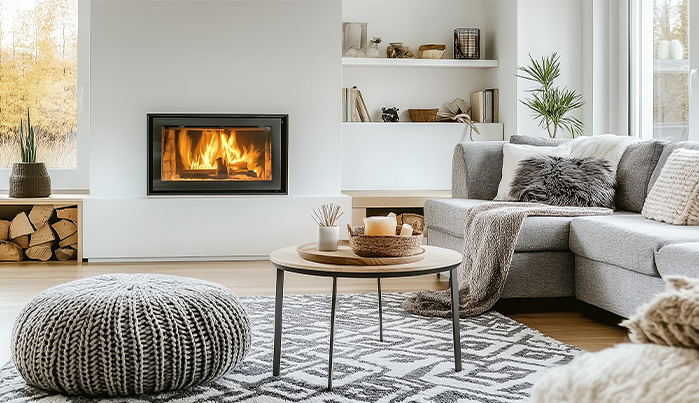
There are different types of veneers based on the manufacturing process and wood species:
Laminates are special surface materials that are synthetic in nature. They are made out of kraft paper, resin, and decorative sheets. They are very stylish alternatives to natural wood finishes. Laminates are very cost-effective yet durable surface materials. You can use them in furniture, wall panels, kitchen cabinets, flooring, etc.
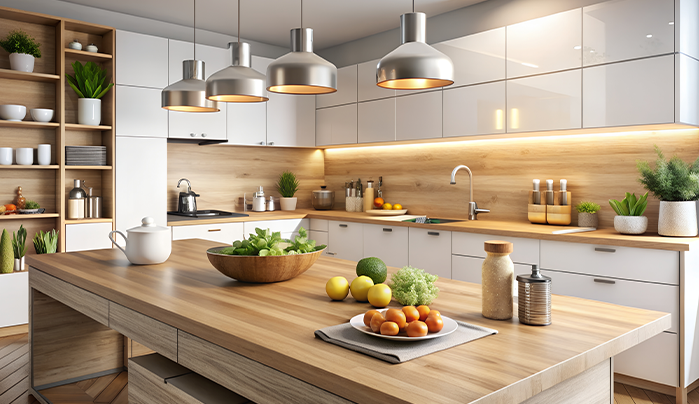
The manufacturing process of laminates includes:
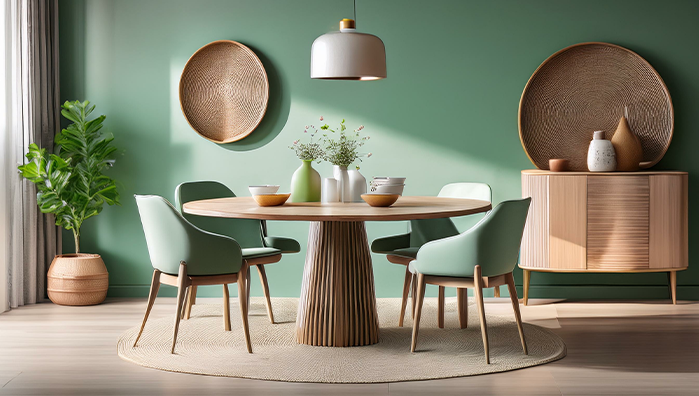
| Feature | Veneers | Laminates |
|---|---|---|
| Design | Sleek, flat, and minimalistic | Classic look with raised or recessed panels |
| Aesthetic Appeal | Natural wood grains, unique patterns | Printed designs, uniform patterns |
| Durability | Moderate, requires maintenance | Highly durable, scratch and moisture-resistant |
| Maintenance | Needs periodic polishing, prone to scratches | Easy to clean, stain-resistant |
| Cost | More expensive due to natural wood composition | Affordable and cost-effective |
| Customization | Can be stained, polished, and refinished | Cannot be refinished once damaged |
| Applications | Ideal for premium interiors, furniture, décor | Suitable for high-traffic areas, kitchens, and offices |
| Eco-Friendliness | More sustainable than solid wood | Synthetic materials, less eco-friendly |
If you want to choose between veneers and laminates, you will have to look into where you have to use them in your interior design:
| Best Applications | Veneers | Laminates |
|---|---|---|
| Luxury Interiors | Adds warmth and sophistication to high-end homes and offices | Not commonly used for luxury aesthetics |
| Furniture | Ideal for dining tables, coffee tables, and wardrobes | Perfect for cabinets, shelves, and modular furniture |
| Statement Walls | Enhances feature walls and focal points in living rooms | Can be used for wall paneling with various textures and patterns |
| Premium Office Spaces | Adds an executive and professional touch | Suitable for workstations and office furniture due to durability |
| High-Traffic Areas | Less resistant to wear and tear | Ideal for hallways, commercial spaces, and retail stores |
| Kitchen Cabinets & Countertops | Not ideal due to moisture exposure | Moisture-resistant properties make them great for kitchens |
| Bathrooms & Utility Areas | Not recommended due to water sensitivity | Boiling Water Resistant (BWR) laminates work well in moist areas |
| Budget-Friendly Interiors | More expensive due to natural wood composition | Provides a stylish look at an economical price |
CenturyPly is a trusted name in the interior design and furniture industry, known for its high-quality veneer and laminate products that combine style, durability, and innovation.
The veneers by the brand are unique with the following characteristics:
Some of the outstanding features of CenturyLaminates are as follows:
So, your choice of material largely depends on the need, area, and overall style of the interior design. It is not about one being good and the other not. It is just that veneers are preferred for places that demand real wood-like characteristic appearance. On the other hand, laminates cover a vast range of natural as well as abstract-looking surfaces, which makes them more suitable for sleek contemporary charm. So, get the one that suits your style and need today!
Loading categories...